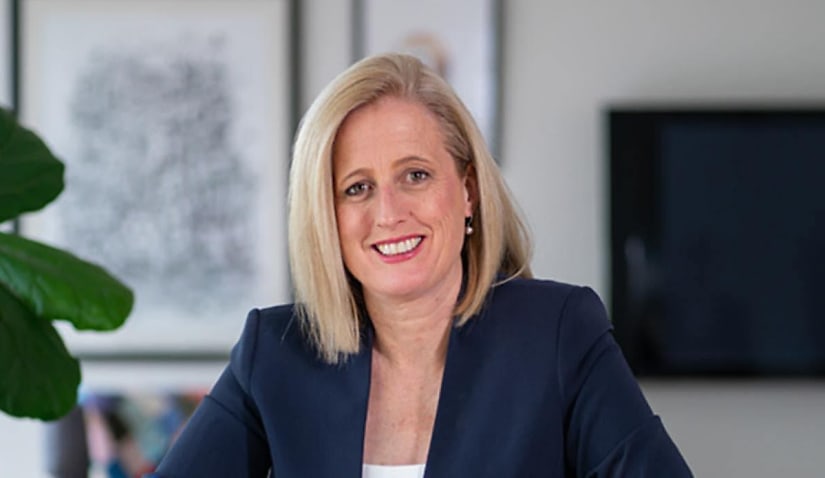Named and shamed: On 27 February, the Workforce Gender Equality Agency (WGEA) will publish the first set of private sector employer gender pay gap data, potentially posing reputational threats to underperformers.

Editor’s note: This story first appeared in Lawyers Weekly’s sister brand, HR Leader.
What exactly is coming out?
While this first publishing round will not include average gender pay gaps per organisation, it will reveal the median (i.e., the gender pay gap for the middle of the dataset). Average gender pay gaps per employer will not be published in this first release. As previously reported by HR Leader, the WGEA will only be publishing data for companies with at least 100 employees. Public sector data will be made public later this year and into 2025.
Further, the data is concerned not with equal pay but with the pay gap. In other words, the data will reflect the difference in average earnings between an employer’s female and male employees, not the differences in pay at the same level, for the same work. For example, the national pay gap of 21.7 per cent reflects the overall difference in earnings, regardless of position.
Underperformers beware
Not only will the data be made publicly available under the WGEA portal, but organisations and their boards or governing bodies will be required to share the data as soon as practicable.
“With so many directors about to see their gender pay metrics for the first time, there is likely potential for some surprising divergent, urgent, and personal risks for the organisations and their leaders,” said John Myers, founding director at Perple.
Divergent risks include the differences between any diversity, equity, and inclusion (DEI) value commitments and the actual gender equality performance of relevant businesses, as well as any disparity between gender representation and gender pay.
Urgent risks involve those actions that must be taken once the results are published, while personal risks are the potential consequences for both the organisation relative to the performance of their competitors and those for affecting specific business leaders “whose personal sense of purpose or leadership branding in the marketplace may conflict with the gender pay gap exposed for the organisation they represent”, said Perple.
As noted by the WGEA, gender pay gap is a proxy for gender equality but does not necessarily provide a perfect picture of an organisation’s commitment to gender equality. Therefore, employers are given an opportunity to craft an employer statement providing context to the data.
Why now?
The new requirements were made mandatory under last year’s Closing the Gap reforms, which built on research from the WGEA. Most notably, the research found a glaring ignorance at the board level when it comes to organisational gender pay performance.
“Alarmingly, the latest WGEA Gender Equality Scorecard report shows the majority of directors, executives, and staff have not seen the gender pay gap within their own organisation,” explained Mr Myers.
According to the WGEA research, only 55 per cent of employers analysed their pay gaps. Of these, only:
Naming and shaming are seen by some as an effective way to make real change, where reputation is potentially implicated.
As noted by Minister for Women Katy Gallagher (pictured): “Publishing gender pay gaps is an important step in raising awareness, and holding organisations to account where there is a gender pay gap across their organisation – and that’s a big change.”
“It’s great to see employers stepping up and being real partners in this effort,” said Ms Gallagher.
“I think for those that have a significant gender pay gap, they’re going to have to change the way they do things.”